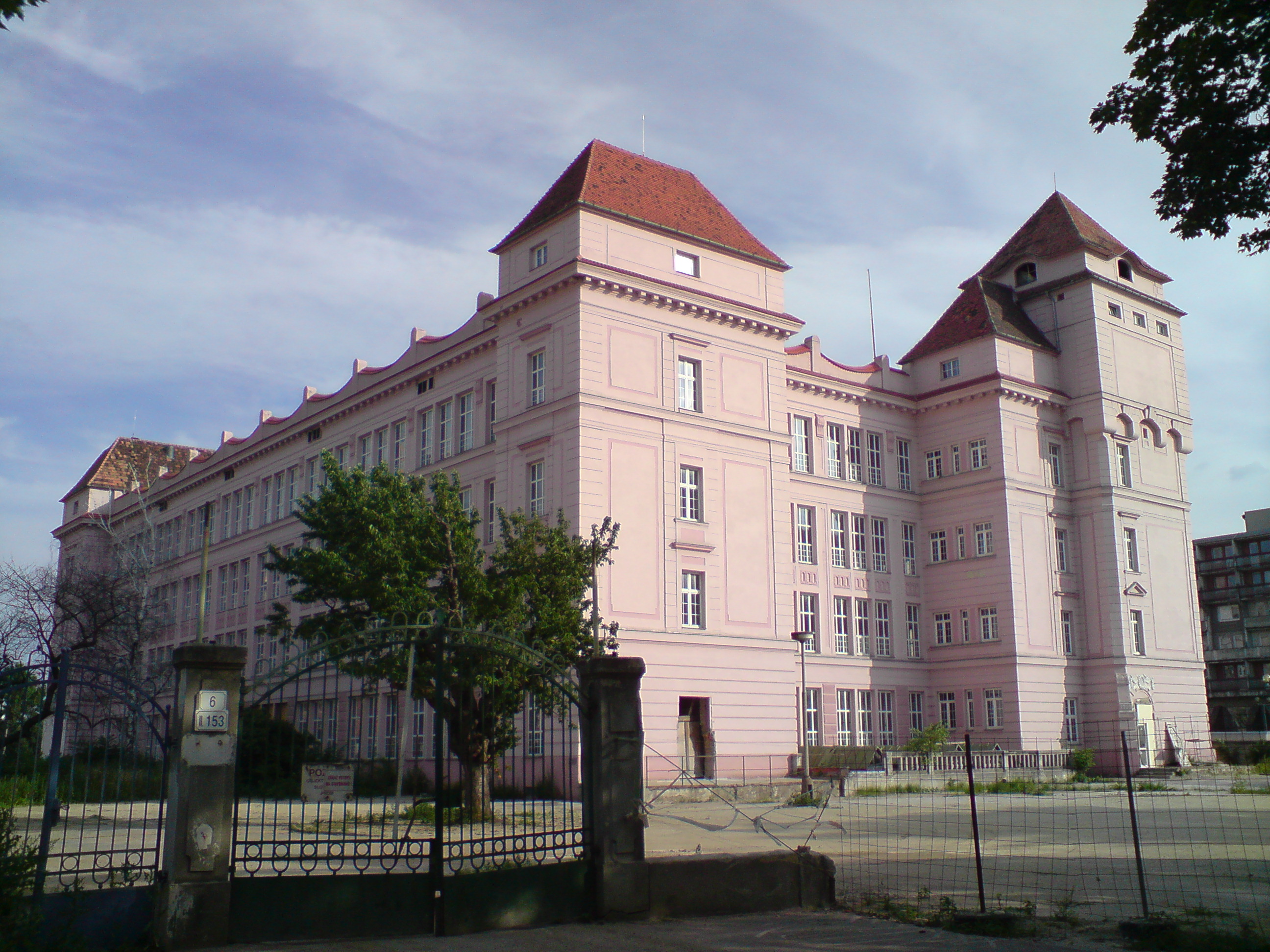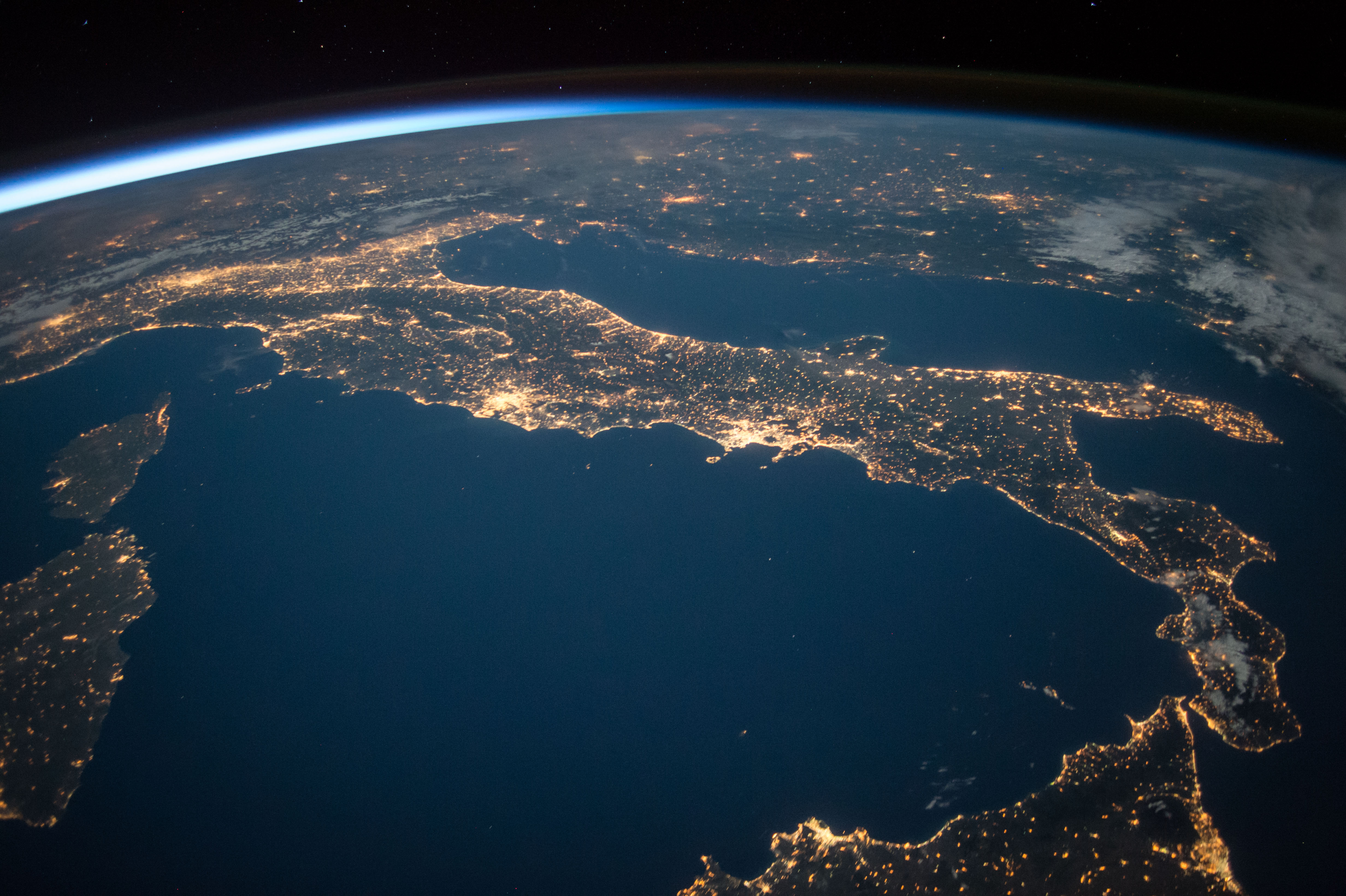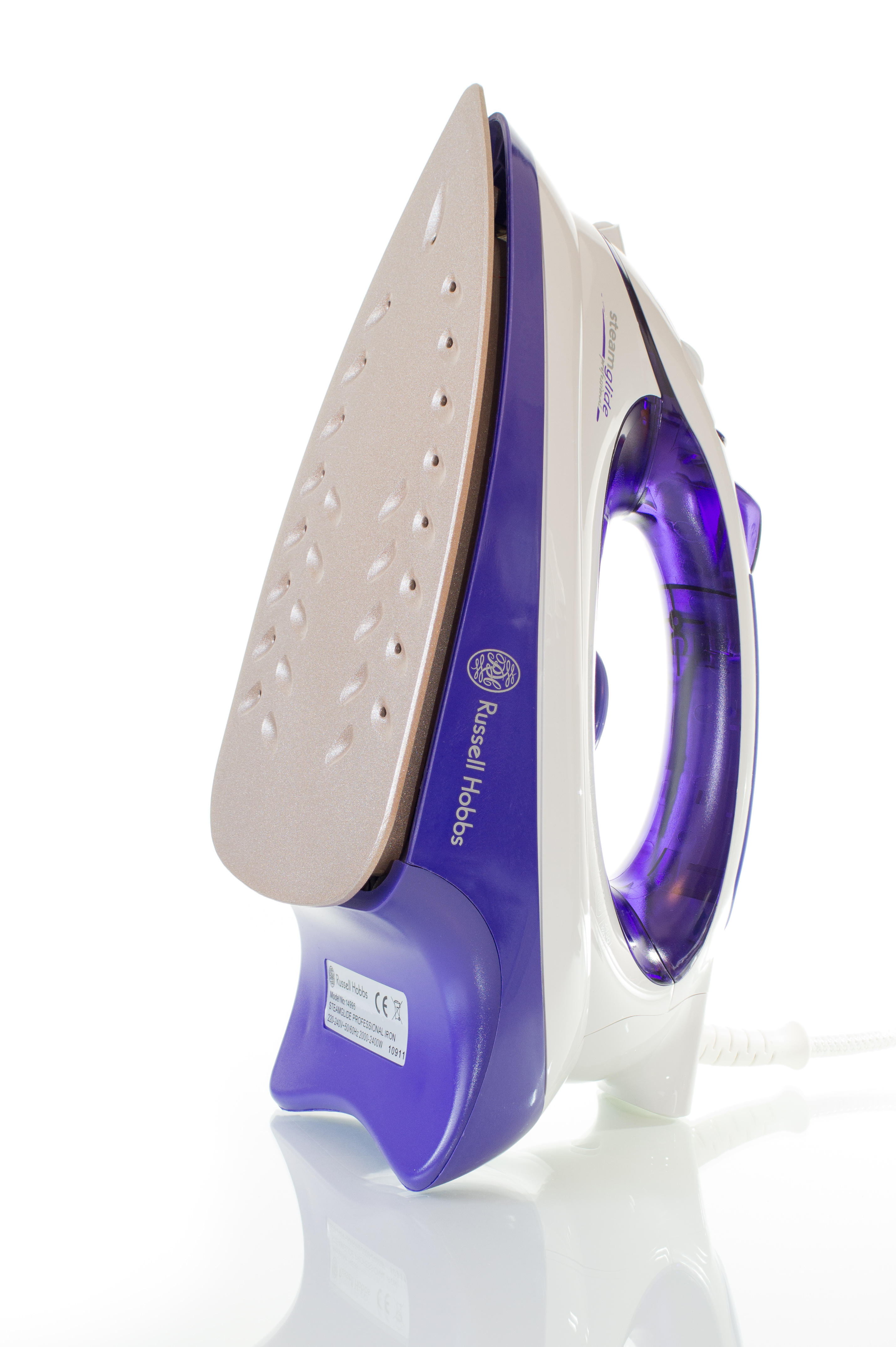|
Tunnel Finisher
A tunnel finisher is a machine that removes wrinkles from garments and is often used in the textile industry. As with other industrial pressing equipment, this machine is employed to improve the quality and look of a textile product. It has a chamber called a "tunnel" and includes a conveyor fed unit through which the garments are steamed and dried. The machine also features hook systems; air curtain entrance to eliminate moisture or condensation; cotton care and roller units; exhaust steam, and a preconditioning module. Process Most garments are shipped by sea freight from the country of production. They get very wrinkled because of the box packing being used. In the receiving country, they are unpacked and put on a clothes hanger. Those hangers are sent via automated transport through the tunnel with a speed up to 3,000 garments per hour. These garments are then sent to a room to be steamed and dried. The machine processes each garment through several stages. First, the garme ... [...More Info...] [...Related Items...] OR: [Wikipedia] [Google] [Baidu] |
Machine
A machine is a physical system using Power (physics), power to apply Force, forces and control Motion, movement to perform an action. The term is commonly applied to artificial devices, such as those employing engines or motors, but also to natural biological macromolecules, such as molecular machines. Machines can be driven by Animal power, animals and Human power, people, by natural forces such as Wind power, wind and Water power, water, and by Chemical energy, chemical, Thermal energy, thermal, or electricity, electrical power, and include a system of mechanism (engineering), mechanisms that shape the actuator input to achieve a specific application of output forces and movement. They can also include computers and sensors that monitor performance and plan movement, often called mechanical systems. Renaissance natural philosophers identified six simple machines which were the elementary devices that put a load into motion, and calculated the ratio of output force to input fo ... [...More Info...] [...Related Items...] OR: [Wikipedia] [Google] [Baidu] |
Wrinkles
A wrinkle, also known as a rhytid, is a fold, ridge or crease in an otherwise smooth surface, such as on skin or fabric. Skin wrinkles typically appear as a result of ageing processes such as glycation, habitual sleeping positions, loss of body mass, sun damage, or temporarily, as the result of prolonged immersion in water. Age wrinkling in the skin is promoted by habitual facial expressions, aging, sun damage, smoking, poor hydration, and various other factors. In humans, it can also be prevented to some degree by avoiding excessive solar exposure and through diet (in particular through consumption of carotenoids, tocopherols and flavonoids, vitamins (A, C, D and E), essential omega-3-fatty acids, certain proteins and lactobacilli). Skin Causes for aging wrinkles Development of facial wrinkles is a kind of fibrosis of the skin. Misrepair-accumulation aging theory suggests that wrinkles develop from incorrect repairs of injured elastic fibers and collagen fibers. Rep ... [...More Info...] [...Related Items...] OR: [Wikipedia] [Google] [Baidu] |
Garments
Clothing (also known as clothes, apparel, and attire) are items worn on the body. Typically, clothing is made of fabrics or textiles, but over time it has included garments made from animal skin and other thin sheets of materials and natural products found in the environment, put together. The wearing of clothing is mostly restricted to human beings and is a feature of all human societies. The amount and type of clothing worn depends on gender, body type, social factors, and geographic considerations. Garments cover the body, footwear covers the feet, gloves cover the hands, while hats and headgear cover the head. Eyewear and jewelry are not generally considered items of clothing, but play an important role in fashion and clothing as costume. Clothing serves many purposes: it can serve as protection from the elements, rough surfaces, sharp stones, rash-causing plants, insect bites, by providing a barrier between the skin and the environment. Clothing can insulate against cold ... [...More Info...] [...Related Items...] OR: [Wikipedia] [Google] [Baidu] |
Textile Industry
The textile industry is primarily concerned with the design, production and distribution of yarn, cloth and clothing. The raw material may be natural, or synthetic using products of the chemical industry. Industry process Cotton manufacturing Cotton is the world's most important natural fibre. In the year 2007, the global yield was 25 million tons from 35 million hectares cultivated in more than 50 countries. There are five stages of cotton manufacturing: * Cultivating and Harvesting * Preparatory Processes * Spinning — giving yarn * Weaving — giving fabrics * Finishing — giving textiles Synthetic fibres Artificial fibres can be made by extruding a polymer, through a spinneret (polymers) into a medium where it hardens. Wet spinning (rayon) uses a coagulating medium. In dry spinning (acetate and triacetate), the polymer is contained in a solvent that evaporates in the heated exit chamber. In melt spinning (nylons and polyesters) the extruded polymer is cooled in ... [...More Info...] [...Related Items...] OR: [Wikipedia] [Google] [Baidu] |
Ship Transport
Maritime transport (or ocean transport) and hydraulic effluvial transport, or more generally waterborne transport, is the transport of people ( passengers) or goods ( cargo) via waterways. Freight transport by sea has been widely used throughout recorded history. The advent of aviation has diminished the importance of sea travel for passengers, though it is still popular for short trips and pleasure cruises. Transport by water is cheaper than transport by air, despite fluctuating exchange rates and a fee placed on top of freighting charges for carrier companies known as the currency adjustment factor. Maritime transport accounts for roughly 80% of international trade, according to UNCTAD in 2020. Maritime transport can be realized over any distance by boat, ship, sailboat or barge, over oceans and lakes, through canals or along rivers. Shipping may be for commerce, recreation, or military purposes. While extensive inland shipping is less critical today, the major ... [...More Info...] [...Related Items...] OR: [Wikipedia] [Google] [Baidu] |
Country
A country is a distinct part of the world, such as a state, nation, or other political entity. It may be a sovereign state or make up one part of a larger state. For example, the country of Japan is an independent, sovereign state, while the country of Wales is a component of a multi-part sovereign state, the United Kingdom. A country may be a historically sovereign area (such as Korea), a currently sovereign territory with a unified government (such as Senegal), or a non-sovereign geographic region associated with certain distinct political, ethnic, or cultural characteristics (such as the Basque Country). The definition and usage of the word "country" is flexible and has changed over time. '' The Economist'' wrote in 2010 that "any attempt to find a clear definition of a country soon runs into a thicket of exceptions and anomalies." Most sovereign states, but not all countries, are members of the United Nations. The largest country by area is Russia, while the ... [...More Info...] [...Related Items...] OR: [Wikipedia] [Google] [Baidu] |
Manufacturing
Manufacturing is the creation or production of goods with the help of equipment, labor, machines, tools, and chemical or biological processing or formulation. It is the essence of secondary sector of the economy. The term may refer to a range of human activity, from handicraft to high-tech, but it is most commonly applied to industrial design, in which raw materials from the primary sector of the economy, primary sector are transformed into finished goods on a large scale. Such goods may be sold to other manufacturers for the production of other more complex products (such as aircraft, Major appliance, household appliances, furniture, sports equipment or automobiles), or distributed via the tertiary industry to end users and consumers (usually through wholesalers, who in turn sell to retailers, who then sell them to individual customers). Manufacturing engineering is the field of engineering that designs and optimizes the manufacturing process, or the steps through whic ... [...More Info...] [...Related Items...] OR: [Wikipedia] [Google] [Baidu] |
Clothes Hanger
A clothes hanger, coat hanger, or coathanger, is a hanging device in the shape/contour of: * Human shoulders designed to facilitate the hanging of a coat, jacket, sweater, shirt, blouse or dress in a manner that prevents wrinkles, with a lower bar for the hanging of trousers or skirts. * Clamp for the hanging of trousers, skirts, or kilts. Both types can be combined in a single hanger. The clothing hanger was originally designed to allow people quick access to their clothing as well as designate an area, in their home, to keep their clothing in. It was also used to keep clothing dry or without a wrinkle. There are three basic types of clothes hangers. The first is the wire hanger, which has a simple loop of wire, most often steel, in a flattened triangle shape that continues into a hook at the top. The second is the wooden hanger, which consists of a flat piece of wood cut into a boomerang-like shape with the edges sanded down to prevent damage to the clothing, and a hoo ... [...More Info...] [...Related Items...] OR: [Wikipedia] [Google] [Baidu] |
Automation
Automation describes a wide range of technologies that reduce human intervention in processes, namely by predetermining decision criteria, subprocess relationships, and related actions, as well as embodying those predeterminations in machines. Automation has been achieved by various means including mechanical, hydraulic, pneumatic, electrical, electronic devices, and computers, usually in combination. Complicated systems, such as modern factories, airplanes, and ships typically use combinations of all of these techniques. The benefit of automation includes labor savings, reducing waste, savings in electricity costs, savings in material costs, and improvements to quality, accuracy, and precision. Automation includes the use of various equipment and control systems such as machinery, processes in factories, boilers, and heat-treating ovens, switching on telephone networks, steering, and stabilization of ships, aircraft, and other applications and vehicles with reduced hu ... [...More Info...] [...Related Items...] OR: [Wikipedia] [Google] [Baidu] |
Fabric
Textile is an umbrella term that includes various fiber-based materials, including fibers, yarns, filaments, threads, different fabric types, etc. At first, the word "textiles" only referred to woven fabrics. However, weaving is not the only manufacturing method, and many other methods were later developed to form textile structures based on their intended use. Knitting and non-woven are other popular types of fabric manufacturing. In the contemporary world, textiles satisfy the material needs for versatile applications, from simple daily clothing to bulletproof jackets, spacesuits, and doctor's gowns. Textiles are divided into two groups: Domestic purposes onsumer textilesand technical textiles. In consumer textiles, aesthetics and comfort are the most important factors, but in technical textiles, functional properties are the priority. Geotextiles, industrial textiles, medical textiles, and many other areas are examples of technical textiles, whereas clothing an ... [...More Info...] [...Related Items...] OR: [Wikipedia] [Google] [Baidu] |
Clothes Iron
A clothes iron (also flatiron, smoothing iron, or simply iron) is a small appliance that, when heated, is used to press clothes to remove wrinkles and unwanted creases. Domestic irons generally range in operating temperature from between to . It is named for the metal (iron) of which the device was historically made, and the use of it is generally called ironing, the final step in the process of laundering clothes. Ironing works by loosening the ties between the long chains of molecules that exist in polymer fiber materials. With the heat and the weight of the ironing plate, the fibers are stretched and the fabric maintains its new shape when cool. Some materials, such as cotton, require the use of water to loosen the intermolecular bonds. History and development Before the introduction of electricity, irons were heated by combustion, either in a fire or with some internal arrangement. An "electric flatiron" was invented by American Henry W. Seeley and patented on J ... [...More Info...] [...Related Items...] OR: [Wikipedia] [Google] [Baidu] |
Laundry
Laundry refers to the washing of clothing and other textiles, and, more broadly, their drying and ironing as well. Laundry has been part of history since humans began to wear clothes, so the methods by which different cultures have dealt with this universal human need are of interest to several branches of scholarship. Laundry work has traditionally been highly gendered, with the responsibility in most cultures falling to women (formerly known as laundresses or washerwomen). The Industrial Revolution gradually led to mechanized solutions to laundry work, notably the washing machine and later the tumble dryer. Laundry, like cooking and child care, is still done both at home and by commercial establishments outside the home. The word "laundry" may refer to the clothing itself, or to the place where the cleaning happens. An individual home may have a laundry room; a utility room includes but is not restricted to the function of washing clothes. An apartment building or student hal ... [...More Info...] [...Related Items...] OR: [Wikipedia] [Google] [Baidu] |

.jpg)









